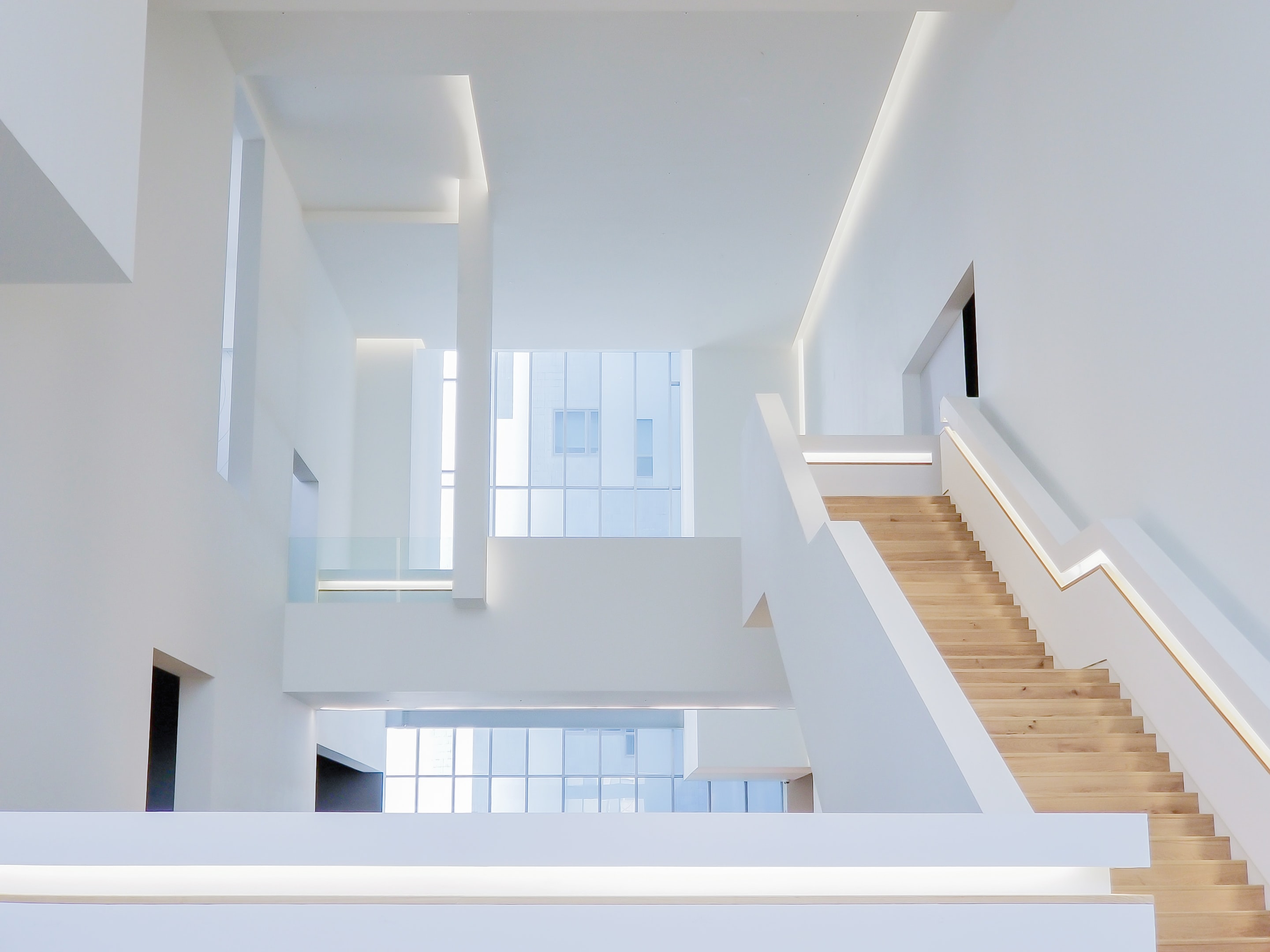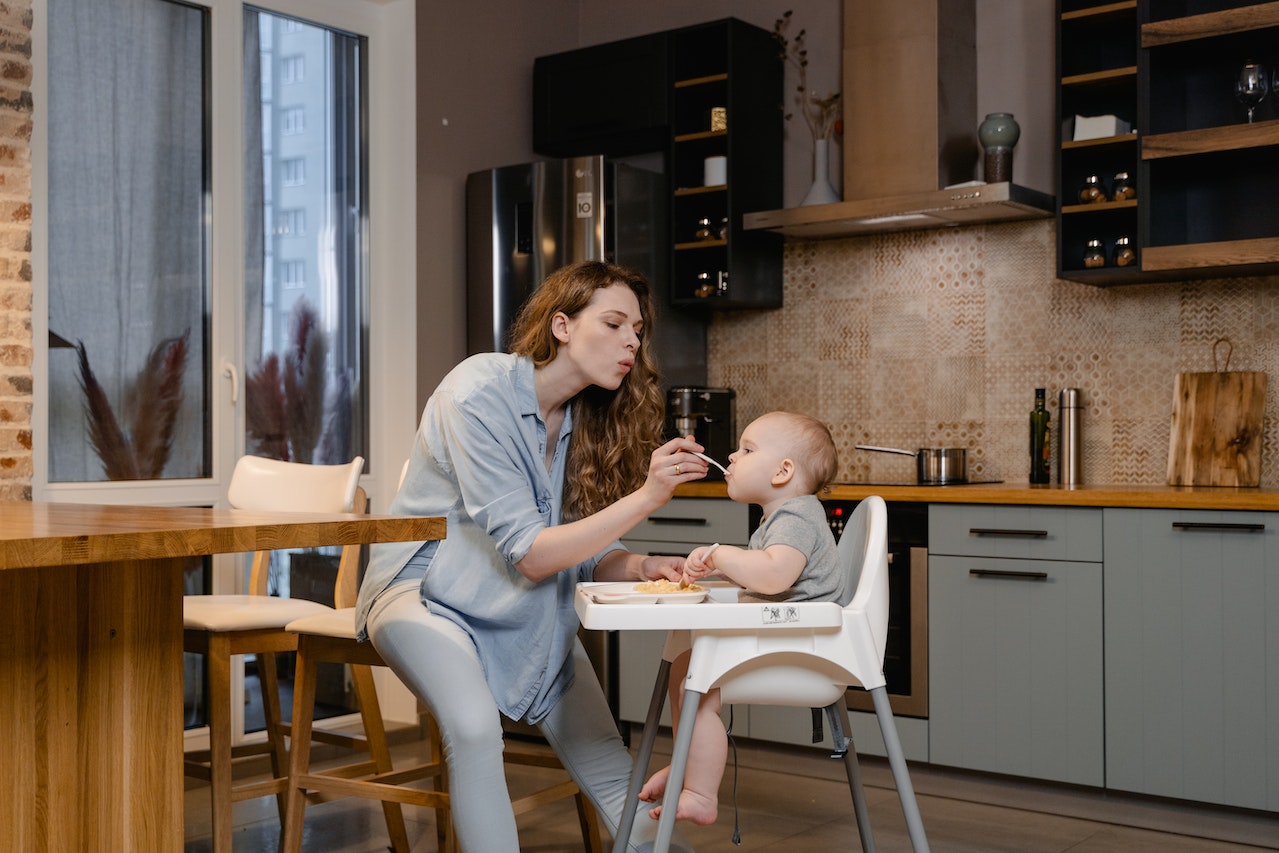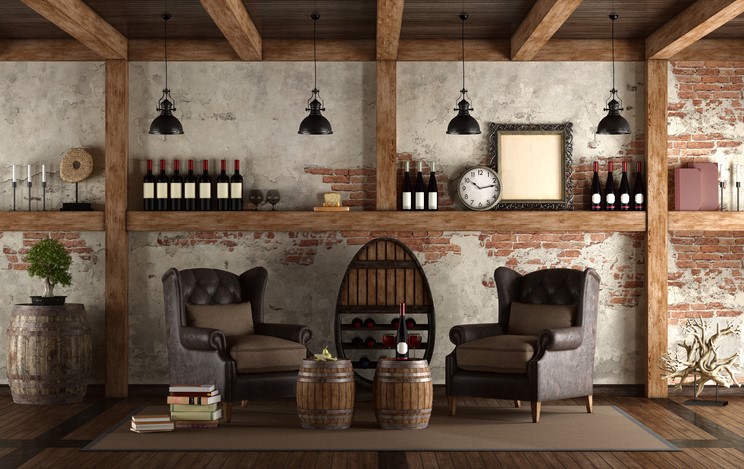Going up or going down your staircase is an important part of your home. Keep your staircase in good repair to maintain safety and make it look spectacular. A beautiful staircase can be the focal point of your entryway or blend seamlessly with the rest of your décor. It is essential to keep it free of hazards including uneven carpet and open to all traffic. Give your staircase a makeover and spruce up the look of your entire home.
Steps to a DIY remodel of your… steps
Any DIY remodel needs to start with a realistic look at your budget. This will influence what type of material you can use and how much of it. Measure your space and do a cost breakdown of the construction materials and square footage. Knowing your budget allows you to choose which staircase design elements will fit your space and décor best. A complete staircase makeover, including treads, risers, balusters, and railing, typically costs $4,000-$8,000 depending on size. Browse some staircase ideas before you begin.
The second point to consider when planning to refresh your staircase is to find the right material for your project. Are you looking for wooden stairs, or would a metal staircase fit the bill? When you think about your stair railing or banister are you looking for wooden spindles or a metal railing? Glass can be incorporated into a beautiful and functional staircase, too. Organize your stair railing ideas to find the style you like best.
Thirdly, make an inventory of the tools you will need to refinish or install your staircase. If there are any tools you don’t yet own, it is a good idea to find out if you can borrow or rent the tools. Be certain you know how to use them before you start your project. Some tools require a professional while others are easy to use. Know the stair parts and how they fit together, including treads, risers, railings, and banisters. It is a good idea to have a capable assistant or hire a pro.
Lastly, consider how your staircase design will integrate with your décor. If you have features like an entryway bench, coat hooks, or other pieces, incorporate them into your staircase design. Pay attention to features like nooks or feature walls as you make your staircase reflect you and your home. Personalize your stairs to suit the space in your home and your own tastes.
Railings and Bannisters
Setting up handrails and base rails
When you are installing a handrail, it is important to check the local building codes for the handrail’s height before you purchase materials or begin your project. Measure and mark the wall to be sure your line is straight, and the brackets lineup so your railing will be installed properly. It is important to keep your railing running at the same angle as your stairs. Measure your corners and make a paper template before cutting your railings. Mitre, glue and bracket your returns and keep in place until the glue dries. It is useful to have an assistant to help you install a handrail against a wall.
Baserails run at the bottom of the banister, parallel to the stairs. Spindles fit into the base rail at the bottom and the handrail at the top to keep a uniform distance between them. Base rails and handrails for banisters are often identical or very similar, so it is easy to keep the spindles in place and create an organized appearance. The typical cost to install a stair rail and balusters tends to run anywhere from $700 for a simple project up to $10,000 for a more complex job. Check the building code for the distance between spindles. Anything not up to code can be hazardous for your construction project.
Keep up with the latest styles
For a modern and stylish staircase, keep yourself informed on local design trends. If you are a big decoration love, this will be your favorite part of the project. Look for something that fits your aesthetic, whether minimalist, rustic, modern, or mid-century. Here we look at a few of the most popular design styles and their major features.
- Minimalist staircases are perfect for lofts or open floorplans. A minimalist staircase will skip the risers and only have the stairs’ treads, which maintains visual lines and gives everything a more open feel. They are often made of glass or feature no handrail.
- Rustic staircases are typically made of dark stained wood, newel posts, and feature chunky treads. Perfect for mountain cabins, guest houses, and country living, rustic staircases feel very solid, even when incorporating other design elements.
- Modern staircase design incorporates smooth lines and unique design features. The color palette often includes white and lighter colored wood as well as metal or glass.
- Mid-century modern staircases include design features that can take you back in time. Look for wood cut-outs and a slat wall in place of a handrail to take you to a different time.
Types of staircase
Just as there are design styles, there are different types of staircases to suit your space. From straight staircases to u-shape and spiral staircases, there is a staircase design that will suit your space and your style. Here we look at some of the more common shapes for staircases.
- Straight stairs are exactly as they sound. The flight of stairs has no corners or curves from one end to the other. They are the easiest to use and install but do take up a lot of linear space.
- L-shaped stairs have a landing and a right-angle turn. Sometimes called quarter-turn stairs, they take up less space than straight stairs and reduce sound transmission between floors if they have walls around them.
- U-shaped stairs consist of two parallel flights of stairs joined by a landing, creating a 180-degree turn in the traffic flow. They can fit neatly into a tight space and offer a resting point between floors for people who may need one.
- Spiral stairs usually radiate from a central pole and have a helix shape. Spiral stairs take up a minimal footprint and do not need extra support structures.
- Curved stairs follow an arc but not a full circle. Elegant and traditional at the same time, curved stairs are often placed as the focal point of an entryway.
- Winder stairs turn corners, but instead of a landing to change direction, pie-shaped stairs create the turn. Winder stairs are compact and take up less space than L-shaped stairs while providing a seamless transition.
Choosing the staircase style to suit your reno or build will depend on your space and layout. Choose a staircase that will look fantastic as well as serve the purpose. Finish off your staircase remodel with the best lighting and stylish decorating to make it look its best.
Safety concerns
Structure
Probably the most important factor outside of structural stability for staircase safety is the height and depth of the risers. Primarily, the measurement needs to be the same on each stair. A variation in height is a tripping hazard and will make your staircase unsafe. Treads should also be in the same depth wherever possible. A stair railing needs to be high enough, and the spindles close enough together to prevent falls or children from getting stuck. Check the building code in your area to be certain all your staircase components are meeting the code. The handrail should also be continuous, meaning there are no breaks in it, and it ends at a newel post, curves down, or returns to the wall. This way, there is a reliable hand grip at every point on your staircase, and the handrail will not catch on clothing.
Babies and Pets
It is extremely important that babies and small children are safe on stairways. Small children who are not proficient on stairs should be kept off of them when possible. A non-pressure mounted baby gate should be placed at the top of the stairs to keep babies and small children from falling on them. Pets who may fall down the stairs should also be kept off of them to avoid injury or take measures to protect them. A stylish staircase can still be safe for everyone. Stair carpet can soften the edges but needs to be free of rips and kept tight without loose bits that can create a tripping hazard.
Limited mobility
For seniors or people with limited mobility, the handrail is significant, as well as reducing any hazards posed by stair runners or carpet. If you are looking at a long or steep staircase that people will regularly use with reduced mobility, consider installing a ramp or stairlift. A chair lift for stairs can ensure that people who cannot climb stairs can still use the staircase. A wheelchair ramp ensures accessibility for those with reduced mobility or for whom the stairs’ vertical rise presents an obstacle. Stairs that are outdoors should have slip-proofing measures taken to reduce the likelihood of falls. Stair dimensions should be planned to accommodate all intended users.
Stylish Staircases
Whether you plan a staircase refurbishment or a new build, you can design a staircase that will suit both your space needs and your aesthetic. With the right tools and expertise, you can build a better staircase. Your stair lighting should illuminate the area so you can see the stairs, and if they are evenly built, you should be able to travel up or down even in poor lighting confidently. Keep the area clean and free of tripping hazards. Your new staircase is going to look great.




